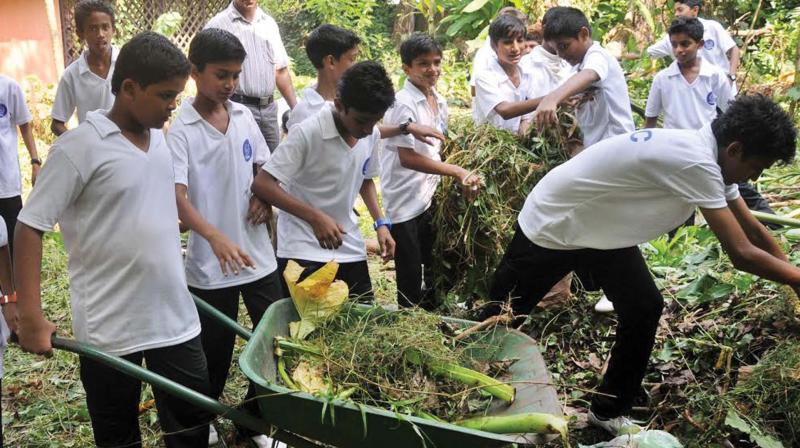What about Oolampara, sir?
The immediate priority is to decentralise psychiatric care down to the district and taluk hospitals and primary health centres.

THIRUVANANTHAPURAM: Power Minister M.M. Mani may not venture again to suggest despatching "defiant" officers to Oolampara, where the Government Mental Health Centre is located, because his comment exposes a certain level of insensitivity to fellow human beings who may be experiencing an altered level of normality. Mr Mani is but a sample. Consider the social stigma attached to those taken to Oolampara and Kuthiravattam in Kozhikode. In Thrissur, locals refer pejoratively to Padinjarekotta, home to the third mental health centre in the State sector in Kerala. The most poignant image of a mental health centre in the Government sector still continues to be that of an asylum where patients on an undeliberate detour from the normal track are condemned for the rest of their lives.
Even iconic films in Malayalam like Iruttinte Aathmavu and Thaniyavarthanam, or the classic movie, A Beautiful Mind, on the miraculous comeback of Nobel laureate and mathematician, Dr John Nash, from schizophrenia, have not helped raise Malayalee's awareness about the mind's off-roading, though caused by chemical changes in innards of their brains. They are treated like curses that need to be violently exorcised. It is not uncommon for hospital staff to silence agitated patients using brutal methods, and they do it with impunity. The way a young Bihar native, Satnam Singh, was beaten to death in a mental hospital in the state in 2012 was confirmation.
Over-crowding exacerbates the restlessness of inmates. Dr D. Raju, the former secretary of the State Mental Health Authority, said the current system of overcrowding at the three mental hospitals in the State, owed to the centralised system. The immediate priority is to decentralise psychiatric care down to the district and taluk hospitals and primary health centres. “There is no logic in the argument that taluk hospitals do not have psychiatric support because of the lack of psychiatrists. This can be solved by recruiting private psychiatrists for once a week OPs at taluk hospitals. District psychiatrists could train doctors at PHCS,” Dr Raju said.
When DC visited the oldest mental health centre at Oolampara in the weekend, it was as if life existed a century ago. It was established in 1870, as evident from the main gate in ‘as is where is’ condition. On 33 acres in the “haunted” location are scattered 33 wards - male, female, closed, forensic, chronic- housing nearly 500 patients at a time. The Pakalveedu, Dr Suraraj Mani behavioural ICU, and the rehabilitation centre are the only instances of modern intervention at the oldest mental health centre in the state. The last time a compact concrete building came at this centre was a decade ago.
Says resident medical officer Martin Gladstone: “There is no use blaming anyone. Development happens the very last here because other health care centres have higher visibility. But those of us who are committed to working here can't lose heart lest it should reflect on hapless inmates, some of whom have made this their home". It is as if the sacrifices, too, exist in a forgotten time. Here, the staff even bathe patients because they “just don't have the mind to keep themselves clean”, and there are patients who vent their fury on the staff for even the slightest inconvenience.
Perhaps the worst, ill-maintained cluster of leaky, tile-roofed buildings are located at the centre. Even medicines are stored in decrepit buildings, ravaged by the monsoons. “Staff shortage is perennial, but that can be solved if only the broken-roof clusters are dismantled and patients moved to compact buildings, like the de-addiction centre on the same campus", says the superintendent, Dr M.N. Jayasree. A telemedicine centre has gone dysfunctional for lack of funds. There isn’t a geriatric ward, either. The litany of woes continues. Dr Gladstone is however hopeful because it couldn’t get worse. The last time the centre had a chance for the better was when Mother Teresa visited the asylum. Hope another visionary intervention would make things better.
